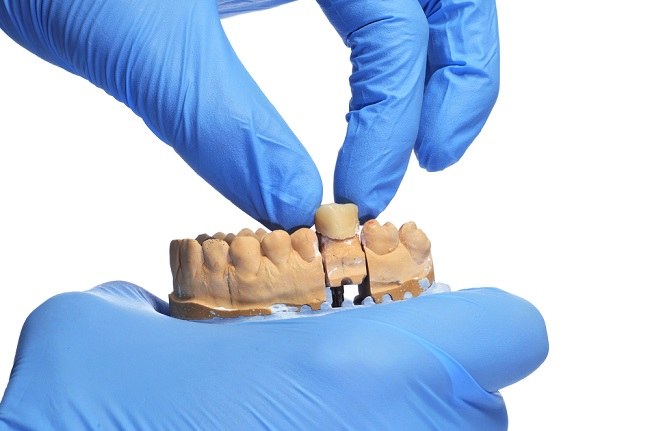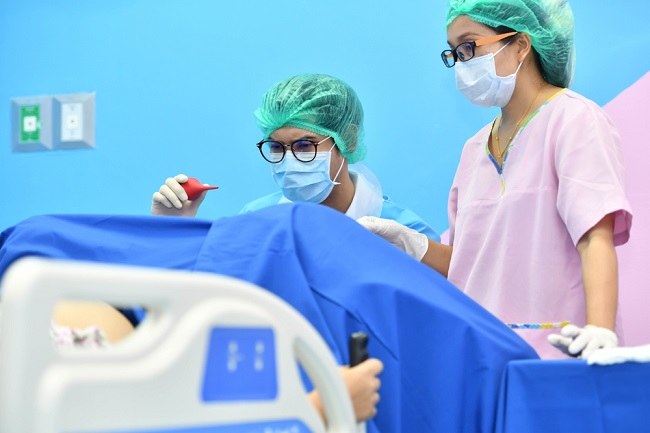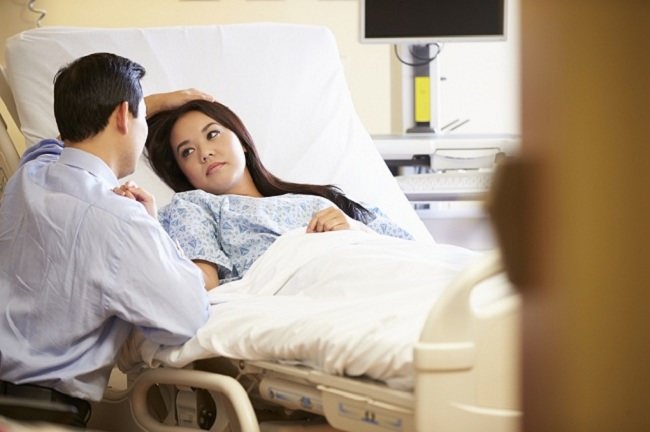Electrocution can be experienced by anyone, anywhere, and anytime. For example when installing tool electronics repair light switch, or touching a damaged cable. This can happen when body parts,such as hair or skin, come into direct contact with a power source.
The effect of electrocution on the body is influenced by several factors, such as body size, the extent of body parts that are in contact with an electric current, the strength of the electric current, and the duration of the electrocution.

Low-voltage electric current, ie less than 500 volts, usually does not cause serious injury. However, currents higher than 500 volts have a high potential for injuring you.
Electrocution is very dangerous, because it can cause burns, fractures, fainting, respiratory problems, seizures, heart rhythm disturbances, cardiac arrest, and even death. Therefore, people who are electrocuted must get help immediately.
How to Help Victims of Electric Shock
Before helping a victim who was electrocuted, you must first understand the correct technique, so that you don't become a victim of electrocution yourself. To protect yourself when helping an electrocuted victim, follow these steps:
- Secure area around the scene
If it cannot be turned off, remove or remove the victim from the power source using an object that cannot be electrified, such as wood or rubber. Do not touch electricity with wet or metallic equipment.
In addition, if the power source cannot be extinguished, keep a distance of at least six meters from victims who are still electrocuted to protect yourself from sources of electricity.
Avoid touching puddles of water or wet objects. Water is a good conductor of electricity, so it can electrocute you too. If there is a fire, extinguish it first using a fire extinguisher.
- Contact IGDThe next step is to immediately contact the Emergency Installation (IGD) of the nearest hospital or call an ambulance, so that the victim can get medical help as soon as possible. While waiting for help to arrive, do not leave the victim alone.
- Don't touch the victimIf the victim is still in contact with the source of the electric shock, do not touch it so you don't get electrocuted. Do not touch the victim even if you are using an assistive device, especially if you are not sure if the electricity has been cut off, or if you feel an electric shock or tingling sensation in your legs and lower body.
- Don't move the victimDo not move the electrocuted victim unless he or she is in danger of being electrocuted again or in an unsafe area.
- Examine the victim's bodyExamine the victim's body carefully and sequentially from the head, neck, to the feet. If there is a wound, avoid touching it. If the victim shows signs of shock (weakness, vomiting, fainting, rapid breathing, or is very pale), lift her leg slightly, unless she is in pain. When the medical staff arrives, explain the condition of the victim, including if there are any injuries on his body.
- Close the burnIf the victim has a burn, remove any clothing or objects that are stuck to the skin to prevent the burn from spreading. After that, rinse the burned area with cold running water until the pain subsides. Cover the wound with a sterile bandage or gauze. Do not use blankets or towels, as they can stick to the burn.
- Perform CPRPerform artificial respiration and cardiac resuscitation (CPR/CPR) on the victim, if necessary. Rescue breaths and resuscitation are given if the victim is not breathing and the pulse is not palpable. Make sure you understand how to perform resuscitation, to avoid mistakes that can be dangerous.
Victims of electrocution can suffer injury and organ damage. Therefore, victims must receive close treatment and monitoring from doctors and the medical team. The doctor will first determine whether the victim is conscious and breathing or not, and whether his heart rate is abnormal or not. In addition, further examinations need to be carried out to detect if there are hidden injuries.









